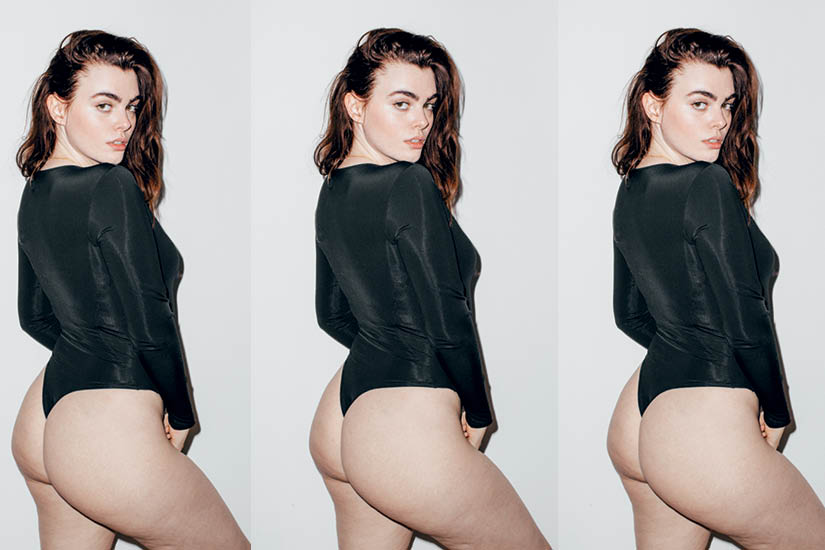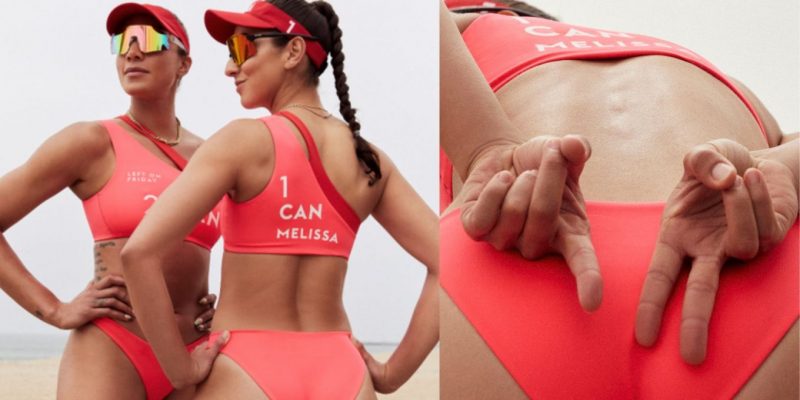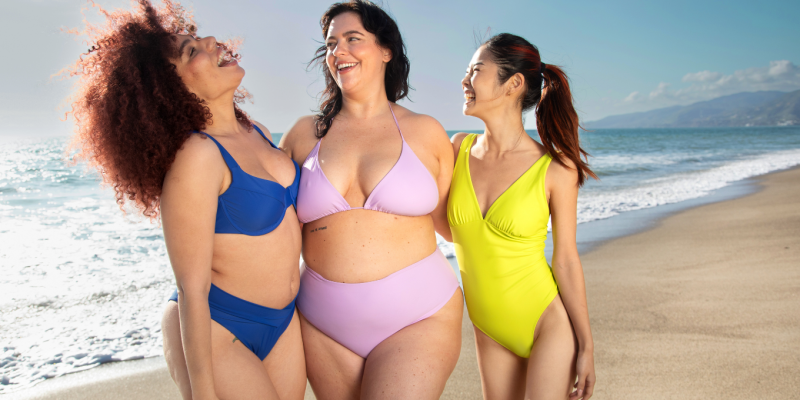Health & Fitness
Two women on their relationships with cellulite
Curve model Charli Howard on learning to love her cellulite, and writer Andrea Karr on trying the new-to-Canada, minimally invasive Cellfina cellulite treatment.
by : ELLE Canada- May 11th, 2018

CURVE MODEL AND MISFIT AUTHOR CHARLI HOWARD DOES NOT WANT TO BE CALLED “BRAVE” FOR POSTING PHOTOS OF HERSELF WITH VISIBLE CELLULITE.
“It’s very hard to love your body in a society that tells you lumps and bumps are wrong—especially in the industry I’m in. It can be a bit overwhelming to be around super-tiny people all the time, but I can honestly tell you from experience that no one is perfect. When I was a straight-size model, I’d always hide and turn my back to the stylist on set. Cellulite was the hardest thing to learn to love about myself. But I’d rather not live my life looking back and thinking ‘Oh, God, I didn’t wear a swimsuit or go to the beach because I was scared that people were looking at my cellulite.’ I don’t want to wake up in 50 years and think ‘I wish I hadn’t spent time worrying about that.’ When people call me brave for posting Instagram photos showing my cellulite, I just think, ‘How can you be brave for something that’s normal?’ I’m just posting what every woman has but that they’re expected to hide. I believe that women should do what makes them feel good. As a feminist, I think people should represent themselves however they want to, and if using creams and treatments to get rid of cellulite is your thing, then go for it. It’s about acceptance; women shouldn’t beat each other up for having it or not. There’s more to life than cellulite.” As told to Victoria DiPlacido
WRITER ANDREA KARR’S CELLULITE BOTHERED HER ENOUGH TO TRY THIS NEW-TO-CANADA PROCEDURE.
Cellulite is a touchy subject. While I don’t think women should be told their bodies need fixing, I do believe we have the right to change what we don’t like—and in my case, that includes the dimples on my butt and thighs. So when I hear about Cellfina, a minimally invasive in-office procedure approved by Health Canada in mid-2017, I have no qualms about trying it. The treatment is purportedly different from anything else on the market because it works by snipping the fibrous septae, a.k.a. the bands that tether skin to connective tissue—like pins in a tufted couch. These bands create the dimples that affect 95 percent of women but appear to serve no other purpose. To start the procedure, Dr. Mark Lupin, a Victoria-based dermatologist, circles about 40 of my dimples with a marker. He then suctions sections of my flesh and injects each with anaesthetic. (This is the most painful part.) Once I’m numb, he punctures each divot and uses a micro-blade to sever the fibrous septae. Though this sounds dramatic, I can barely feel it. The whole procedure, which costs $4,000 to $6,000, takes about an hour, and typically only one visit is required. I spend the next two days horizontal and wearing a diaper in case of anaesthetic leakage (glamorous, I know); the bruising and minor discomfort that follow last for three weeks, though I was warned that it could be four to six. A few months later, my cellulite looks about 50-percent less obvious, although I may see more improvement for up to a year as the collagen rebuilds. Because the treatment is so new, the current research shows that the results last for up to three years, and four-year data will soon be available. My dimpling isn’t totally gone, but I knew Cellfina wouldn’t be a cure-all. Sure, perfection would be nice, but it’s really about happiness, as Lupin told me, and that’s one goal I’ve achieved…at least as far as my butt is concerned.
This article originally appeared in the June 2018 issue of ELLE Canada.
Newsletter
Join our mailing list for the latest and biggest in fashion trends, beauty, culture and celebrity.
Read Next

Fashion
This Canadian Swimwear Brand Designed Canada’s 2024 Women’s Olympic Beach Volleyball Team Uniforms
And they're *so* good.
by : Allie Turner- Apr 24th, 2024
Fashion
The Most Iconic Looks In Met Gala History, From 1973 To Now
40 years of the night that's all about trailblazing fashion.
by : ELLE Australia- Apr 24th, 2024

Beauty
Tested and Approved: A Skin Saviour That Works While You Sleep
Wake up with your glowiest skin yet—even if you didn’t clock eight hours.
by : ELLE Canada- Apr 11th, 2024


